Tesamorelin (5mg / 10mg 4weeks cycle )
$215.00
Tesamorelin
Tesamorelin is a synthetic form of growth hormone-releasing hormone (GHRH). It’s primarily used in the treatment of age-related muscle loss (sarcopenia) and loss of bone density (osteoporosis) in older adults. Importantly, it’s not a growth hormone itself, but stimulates the body to produce more growth hormone.
**Mechanism of Action:**
Tesamorelin acts on the hypothalamus to stimulate the release of growth hormone from the pituitary gland. This increase in growth hormone has potential effects on bone and muscle tissue.
**Uses:**
* **Age-related muscle loss (sarcopenia):** Tesamorelin may help to improve muscle mass and strength in older adults experiencing muscle loss. However, its effectiveness in this regard is still being studied and debated.
* **Osteoporosis in women post-menopause:** There’s evidence that tesamorelin may be able to increase bone density in women who have gone through menopause. It also shows potential benefits for men as well.
**Important Considerations:**
* **Limited evidence of effectiveness:** While promising, the evidence of tesamorelin’s effectiveness, especially in comparison to other therapies, is still considered limited and somewhat complex in different patient groups.
* **Side effects:** Tesamorelin can cause side effects, including:
* **Headache:** A common side effect.
* **Nausea:** Often reported.
* **Joint pain:** Can occur, particularly in the knees or ankles.
* **Fatigue:** Less common but can occur.
* **Fluid retention:** Possible, though less common.
* **High blood sugar:** Potentially in some individuals.
* **Specific Populations:** Tesamorelin isn’t suitable for everyone and should only be considered for people with a specific need after discussion with their doctor.
* **Long-term effects:** Long-term studies on the effects of tesamorelin are still needed.
* **Not for bodybuilding or general weight gain:** Tesamorelin is *not* intended for building muscle or inducing general weight gain.
* **FDA Approval:** While FDA-approved for some indications, the evidence regarding its overall effectiveness in various scenarios remains a topic of discussion.
**In Summary:**
Tesamorelin is a medication that stimulates the body’s natural production of growth hormone. It’s primarily used in certain cases of age-related muscle and bone loss in specific populations. The effectiveness and safety of this medication is still a subject of ongoing research. It should only be considered under careful medical supervision, after assessing the risks and potential benefits for each individual. It is not a general weight-gain or bodybuilding aid.
Size: 5mg & 10mg
Contents: Tesamorelin
Form: Lyophilized powder
Purity: >99%
SKU: P-TESAMRLN-5-10
Tesamorelin Peptide
Tesamorelin is a synthetic polypeptide composed of 44 amino acids analogous to growth hormone-releasing hormone. The N-terminus of the compound has been modified compared to growth hormone-releasing hormone, the modification of which researchers suggest may lead to improved stability.(1)
Tesamorelin has been studied for its potential mechanism of action, posited to be similar to growth hormone-releasing hormones (GHRH) receptors located at the anterior pituitary gland, possibly leading to increased production and secretion of growth hormones. Growth hormones may act on several cells, including hepatocytes, stimulating the systemic synthesis of insulin-like growth factor-1 (IGF-1). In addition, growth hormone may also stimulate IGF-1 production locally, inside various tissues.(1)
Overview
IGF-1 has been posited to be the main anabolic mediator of growth hormone, potentially working to stimulate growth and inhibit programmed cell death.(1) On the other hand, growth hormone itself is suggested to be lipolytic, inducing fat breakdown at specific adipose depots, such as abdominal and visceral fat depositions. Tesamorelin appears to stimulate the release of growth hormone, and consequently IGF-1, by potentially interacting with the GHRH receptors in the anterior pituitary gland cells. When Tesamorelin interacts with the GHRH receptor, it is hypothesized that this interaction might alter the receptor’s structure, potentially initiating communication pathways within the cell. It is also theorized that Tesamorelin might enhance the production of cyclic adenosine monophosphate (cAMP) in certain cells. This process may occur through the stimulation of adenylate cyclase, an enzyme that converts adenosine triphosphate (ATP) into cAMP. Increased cAMP levels may lead to the activation of protein kinase A (PKA), an enzyme deemed critical for transmitting signals within cells. Activated PKA may phosphorylate various target proteins, triggering a cascade of cellular responses. The conjectural stimulation of the GHRH receptor by Tesamorelin and the cAMP-PKA signaling pathway might promote the secretion and distribution of growth hormone (hGH) from somatotroph cells in the pituitary gland. Research indicates that this peptide may lead to an estimated 69% increase in overall growth hormone levels, measured by the area under the curve (AUC), and a reported 55% increase in the mean pulse area of the growth hormone. However, it does not seem to influence the frequency or peak levels of growth hormone pulses. Additionally, IGF-1 levels apparently surged by 122%.(3)
The N-terminus and C-terminus of the GHRH molecule are altered in Tesamorelin, potentially lending stability to the peptide and possibly increasing the compound’s resistance to enzyme deactivation compared to natural GHRH.(4) Focusing on the specific alterations, the C-terminus of Tesamorelin is modified by the addition of a trans-3-hexenoic acid group. This particular change, often referred to as an omega-amino acid modification, is believed to potentially reinforce the peptide’s defense against enzymatic breakdown. On the other end, the N-terminus is modified by the attachment of an acetyl group, represented by the chemical notation CH₃CO-. This acetylation might enhance not only the molecule’s stability but also its biological activity. As a result of these specific modifications, Tesamorelin is designated chemically as N-(trans-3-hexenoyl)-[Tyr1]hGRF(1–44)NH2 acetate, highlighting the specific alterations made to the peptide.
Chemical Makeup
Molecular Formula: C221H366N72O67S
Molecular Weight: 5136 g/mol
Other Known Titles: (3E)-hex-3-enoylsomatoliberin


MAECENAS IACULIS
Vestibulum curae torquent diam diam commodo parturient penatibus nunc dui adipiscing convallis bulum parturient suspendisse parturient a.Parturient in parturient scelerisque nibh lectus quam a natoque adipiscing a vestibulum hendrerit et pharetra fames nunc natoque dui.
ADIPISCING CONVALLIS BULUM
- Vestibulum penatibus nunc dui adipiscing convallis bulum parturient suspendisse.
- Abitur parturient praesent lectus quam a natoque adipiscing a vestibulum hendre.
- Diam parturient dictumst parturient scelerisque nibh lectus.
Scelerisque adipiscing bibendum sem vestibulum et in a a a purus lectus faucibus lobortis tincidunt purus lectus nisl class eros.Condimentum a et ullamcorper dictumst mus et tristique elementum nam inceptos hac parturient scelerisque vestibulum amet elit ut volutpat.

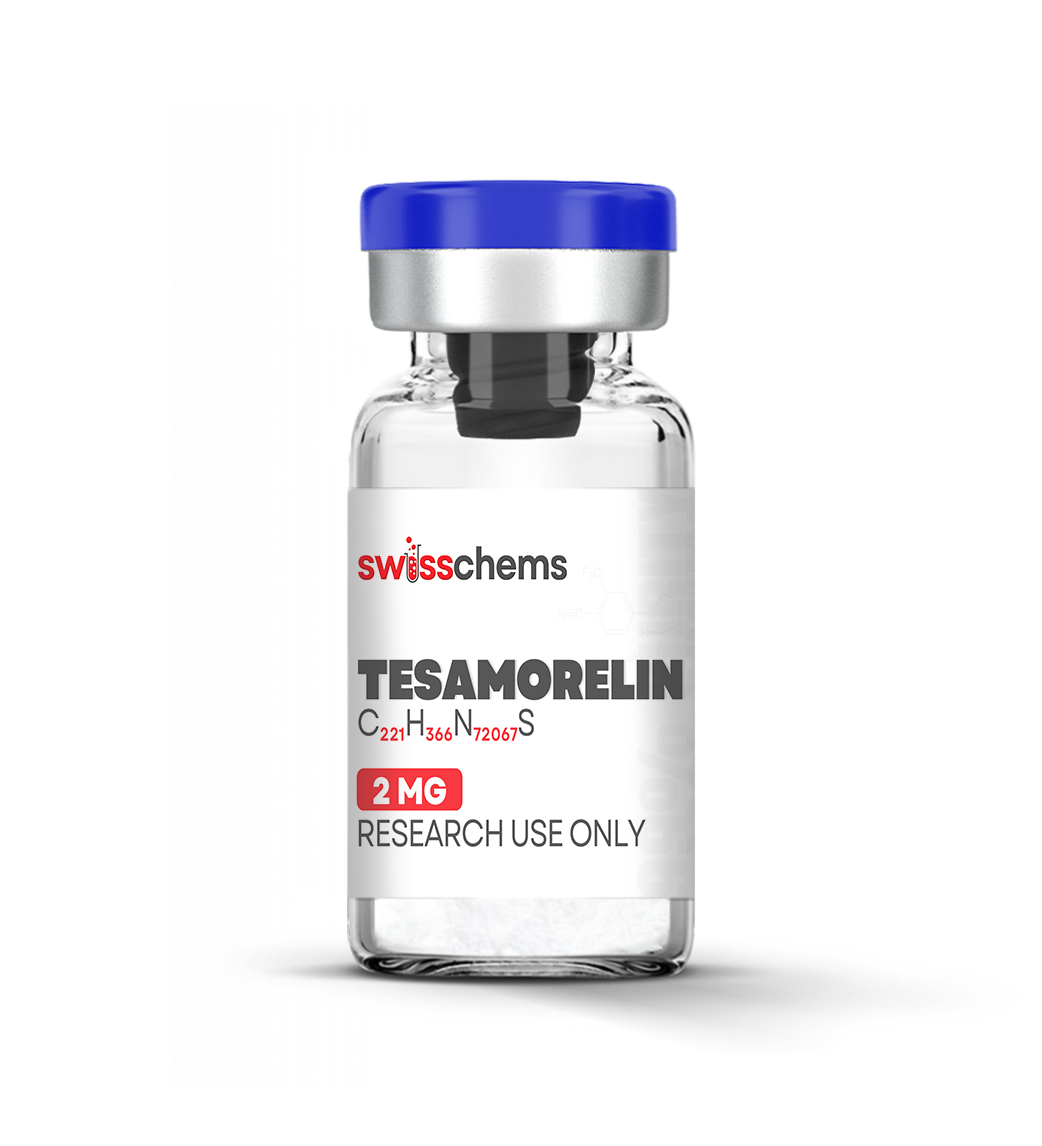
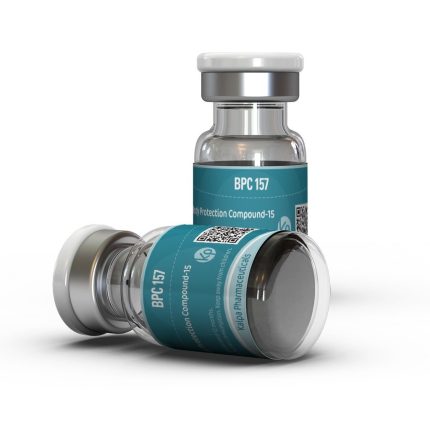


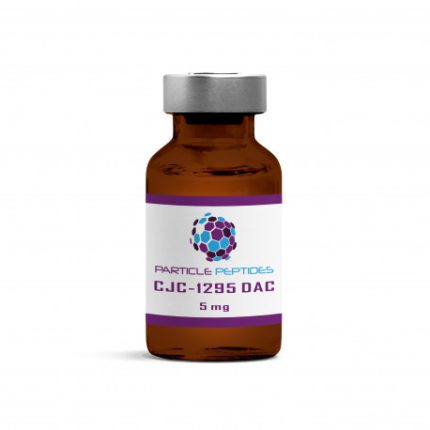



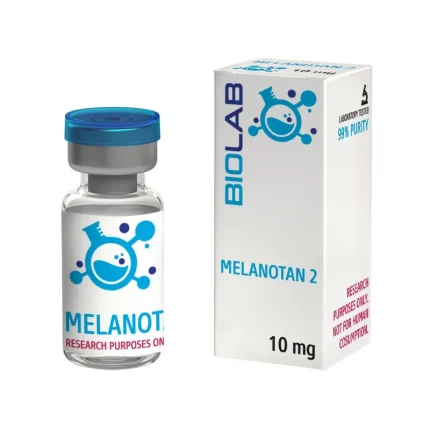
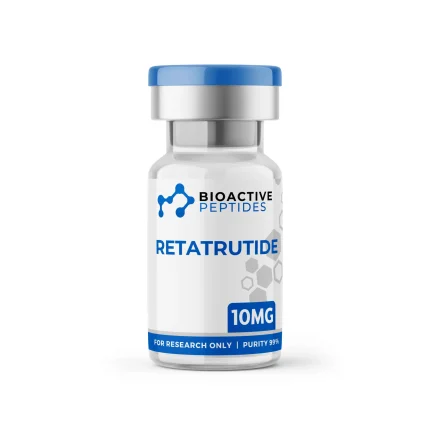

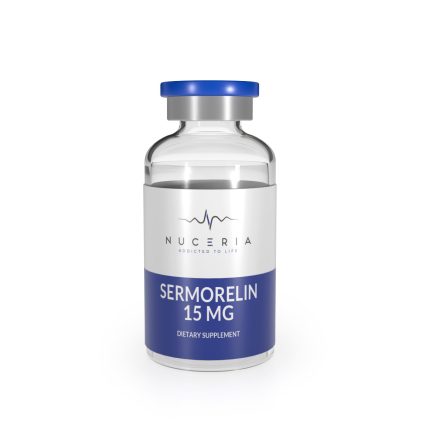
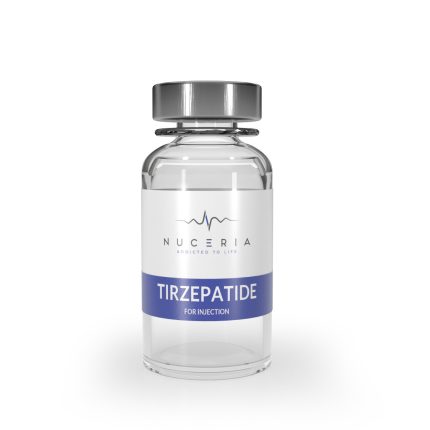








Reviews
There are no reviews yet.